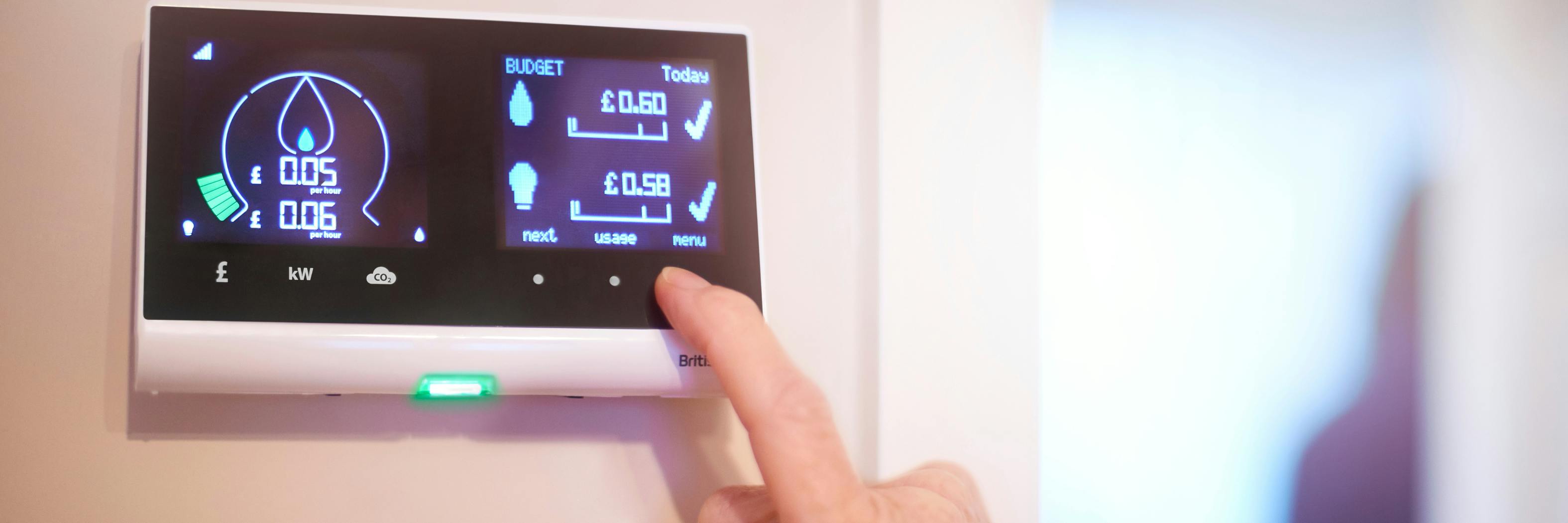Home Energy Efficiency
We all have a role to play in cutting emissions and making our homes more energy efficient. The good news is that many changes will also save you money and make your home more comfortable.
Here are some ways you can get started:
Home Energy Grants
Financial help is available for a wide range of improvements, from insulation to renewable energy. These can:
- Cut your bills
- Make your home warmer
- Reduce your carbon footprint
Find out more information about grants, loans and discounts
Energy Performance Certificates (EPCs)
An Energy Performance Certificates (EPC) shows how energy-efficient your home is, rated from A (most energy efficient) to G (least energy efficient).
- Required whenever a property is built, sold or rented
- Lasts for 10 years
- Includes recommendations for improvements
You can check your home’s EPC on the EPC national register and clicking the ‘Retrieve Report Using Property Address’ tab. If you’ve lived in your home for a long time (since before 2008), you may not have had an EPC completed when you bought your house. If you moved into your house in 2008 or 2009 then your EPC will now be out of date. The EPC register also holds a searchable list of registered assessors across the country where you can find an assessor near you who can carry out an assessment of your property.
Where homes lose heat
In an uninsulated home, heat typically escapes through:
- 35% walls
- 25% roof
- 15% draughts
- 15% floors
- 10% windows
A fabric-first approach (fixing insulation before adding new heating systems) can:
- Lower energy use
- Reduce bills
- Improve comfort all year round
- Avoid ongoing maintenance costs
Depending on what sort of house you live in, different types of wall and roof insulation will be applicable to your house. Types of insulation:
- Cavity wall – can be injected into wall cavities and the drill holes ‘made good suitable for most homes built after 1930
- Solid wall – can be fixed to the internal or external wall of the building. If your house is older than about 1930, you probably have solid walls.
- Party wall – can be injected into the vented cavity between neighbouring properties.
Lighting and Appliances
Lighting accounts for about 14% of an average electricity bill. Installing energy saving bulbs can help reduce your electricity bill. There are two types.
- Light Emitting Diodes (LEDs) – last about 12–25 years, instant brightness, best savings
- Compact Fluorescent Lamps (CFLs) – what most people think of when the term ‘energy saving bulb'. Last about 6–10 years, slower warm-up, still cheaper than standard bulbs
Top tip: Energy efficient bulbs do not need to be as powerful as standard bulbs to deliver the same amount of light. If you’re replacing a standard 40W bulb with LED, you will only need a 6W bulb to give you the same amount of light.
Appliances:
- Those that generate heat are the worst offenders for using lots of energy. For example, electric showers, immersion heaters, tumble dryers, ovens, irons and kettles.
- Fridges/freezers use less power but are always on so they also end up being high energy users.
Smart Meters
Smart meters help you track your energy use in real time, making it easier to spot where you can save money.
Generating Your Own Energy
Renewable energy technologies supply renewable or low carbon heat and electricity to your home. Installing renewable technologies can cut your bills, reduce emissions, and sometimes even generate income. Options include:
- Air Source Heat Pumps (heating & hot water)
- Solar Photovoltaic panels, also called Solar PV (electricity)
- Solar thermal panels (heating & hot water)
- Biomass boilers (heating & hot water)
- Micro CHP (combined heating, hot water & power)
- Wind turbines, hydro power, anaerobic digestion (power)

